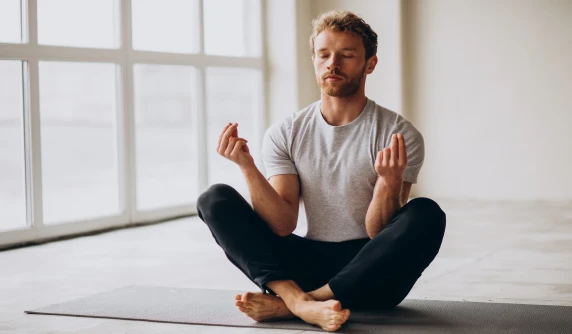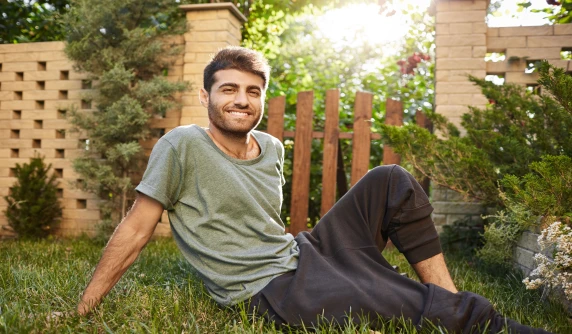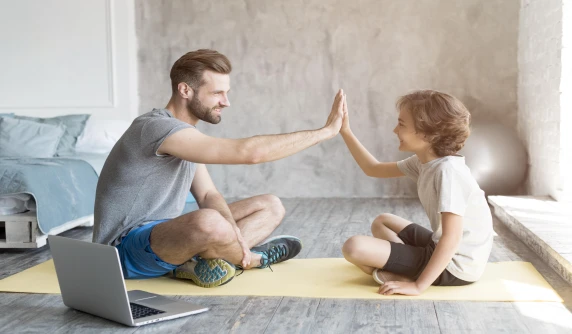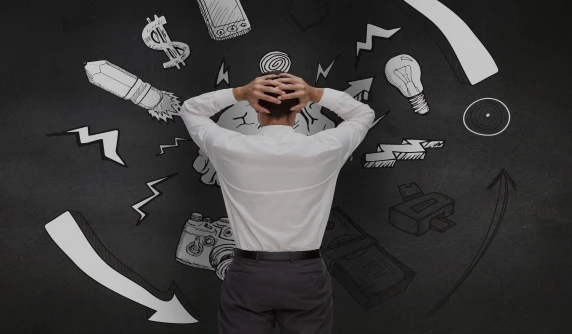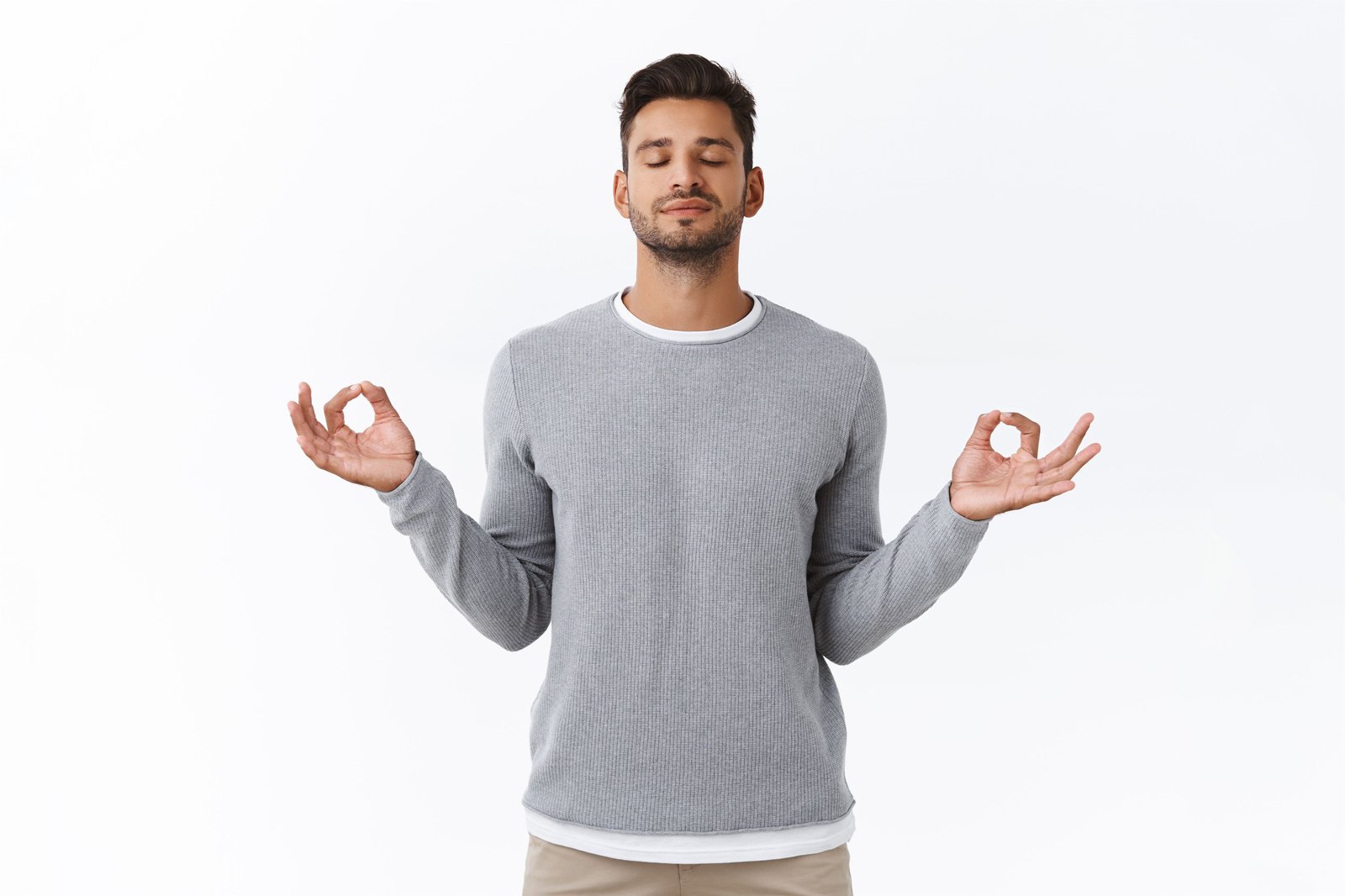
Anxiety, a pervasive mental health issue, manifests in varied forms and intensities across individuals. It can severely impair a person's quality of life, making everyday tasks daunting.
However, numerous mindful breathing techniques offer a simple yet effective way to manage anxiety. When practiced consistently, these techniques can significantly alleviate anxiety symptoms and enhance overall well-being.
Understanding the Connection Between Breathing and Anxiety
In a state of anxiety or panic, we often forget to breathe properly or resort to shallow, rapid breathing. This is known as thoracic or chest breathing, which can disrupt the balance of oxygen and carbon dioxide in the body, leading to symptoms like increased heart rate, dizziness, and muscle tension. These physical sensations can further amplify feelings of anxiety.
On the contrary, mindful, deep breathing exercises stimulate the parasympathetic nervous system, which governs the body's relaxation response.
Deep breathing helps slow down the breathing rate, improve the body's oxygen supply, and reduce the effort and energy required to breathe. Together, these effects can help alleviate anxiety symptoms and promote relaxation.
How Do Mindful Breathing Techniques Work?
Mindful breathing techniques focus on modifying the breathing pattern to facilitate relaxation. They involve taking slow, deep breaths, paying attention to the rise and fall of the abdomen with each breath, and consciously altering the pace of inhalation and exhalation.
These techniques work by sending a message to the brain to relax. The brain, in turn, signals the body to lower heart rate, reduce blood pressure, and ease muscle tension. This series of physiological responses helps restore the body's equilibrium, thereby reducing feelings of anxiety.

Deep Breathing: The Foundation of Mindful Breathing Techniques
Deep breathing forms the basis of many breathing exercises. It involves inhaling slowly and deeply, holding the breath for a moment, and then exhaling gently. Practicing deep breathing daily, especially at the start of the day, can help relieve muscle stiffness and set a calm tone for the day.
Teddy Bear Breathing: A Fun Technique for Children and Adults
Teddy bear breathing is a technique designed primarily for children, but it's equally beneficial for adults. It involves lying on the back, placing a hand on the chest, and resting a teddy bear on the belly button.
As you breathe in and out, the teddy bear should rise and fall, signaling that you're engaging your diaphragm in the breathing process.
4-7-8 Breathing: The Relaxing Breath Technique
The 4-7-8 breathing exercise, also known as the relaxing breath technique, promotes relaxation and helps calm the nervous system. It involves inhaling for four seconds, holding the breath for seven seconds, and exhaling for eight seconds.
Mindful Breathing: Focusing on the Present
Mindful breathing is a technique that involves focusing on the breath to bring attention to the present moment. It helps prevent the mind from wandering and getting entangled in anxious thoughts about the past or future.
Mindful breathing can be enhanced by choosing a calming focus word or phrase and repeating it silently during inhalation and exhalation.
Diaphragmatic Breathing: Engaging the Diaphragm
Diaphragmatic breathing, also known as abdominal breathing, involves breathing deeply into the diaphragm. This technique helps lower the body's oxygen requirement, slow down breathing, and require less effort and energy to breathe. Diaphragmatic breathing can be practiced in standing, sitting, or lying down positions.

Slow Breathing: Reducing the Pace
Slow breathing is a technique that involves consciously reducing the pace of breathing. It can help prevent hyperventilation, restore the balance of oxygen and carbon dioxide, and ease anxiety symptoms. Experts define slow breathing as any rate from four to ten breaths per minute.
Pursed-Lip Breathing: Controlling the Breath
Pursed-lip breathing is a technique that involves inhaling through the nostrils and exhaling slowly through pursed lips. This method helps control the breath, especially during periods of anxiety or panic, and can be particularly beneficial for individuals with anxiety associated with lung conditions.
Resonance Breathing: Achieving a Calm State
Resonance breathing, also known as coherent breathing, is a technique that helps prevent an anxiety attack by inducing a calm, relaxed state. It involves inhaling gently for six seconds and exhaling for the same duration, allowing the breath to flow in and out of the body slowly and gently.
Yoga Breathing: Achieving Balance
Yoga encompasses several breathing techniques that can help achieve balance in the body and the mind. These techniques, such as alternate nostril breathing, involve specific patterns of inhalation and exhalation that can help calm the mind and alleviate anxiety.
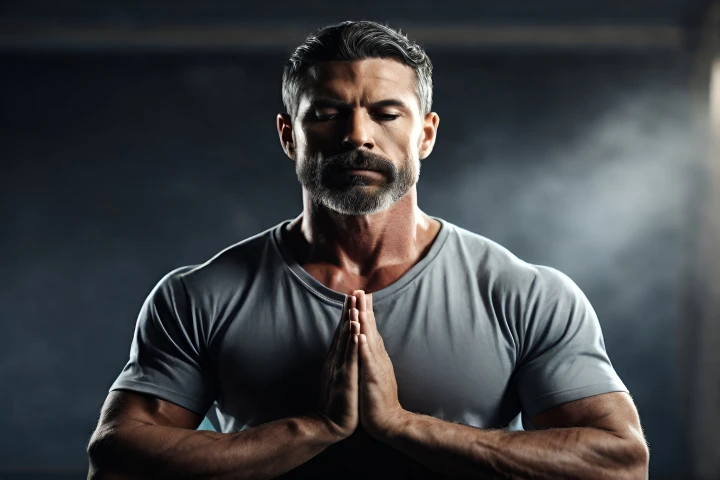
Alternate Nostril Breathing: Balancing the Breath
Alternate nostril breathing is a yoga technique that involves alternately breathing through one nostril at a time. This method helps balance the breath, calm the mind, and is said to harmonize the two hemispheres of the brain.
Embracing Mindful Breathing Techniques for Anxiety Relief
The beauty of mindful breathing techniques lies in their simplicity and accessibility. They require no special equipment, can be practiced anywhere, and can be easily incorporated into daily routines. Regular practice of these techniques can significantly alleviate anxiety symptoms, promote relaxation, and enhance overall well-being.
However, it's crucial to remember that while these techniques can help manage anxiety, they are not a substitute for professional medical advice, diagnosis, or treatment. If your anxiety persists, worsens, or interferes with your daily life, it's essential to seek professional help.
Therapy, medication, and other treatment approaches can be beneficial in managing anxiety. Mindful breathing techniques can complement these treatment methods, providing a holistic approach to anxiety management.
FAQ: Mindful Breathing Techniques for Anxiety Relief
What is anxiety, and how can it affect people?
Anxiety is a common mental health issue that can manifest in various forms and intensities. It can cause physical symptoms like increased heart rate, dizziness, and muscle tension, leading to difficulty managing daily tasks and impacting overall well-being.
How is breathing connected to anxiety?
During anxiety or panic, shallow, rapid breathing disrupts the body's oxygen and carbon dioxide balance, worsening physical sensations and amplifying anxiety.
Conversely, deep breathing activates the relaxation response, promoting relaxation and reducing anxiety symptoms.
What are mindful breathing techniques, and how do they work?
Mindful breathing techniques involve slow, deep breaths, focusing on the breath and consciously altering inhalation and exhalation. They send signals to the brain to trigger relaxation, lowering heart rate, blood pressure, and muscle tension.
What are some examples of mindful breathing techniques?
-
Deep breathing: Inhale slowly and deeply, hold for a moment, and exhale gently.
-
Teddy bear breathing: With a teddy bear on your stomach and a hand on your chest, lie on your back. Inhale and exhale while watching the teddy bear rise and fall. (fit for both adults and children)
-
4-7-8 breathing: Take a four-second breath, hold it for seven seconds, then let it out for eight.
-
Mindful breathing: Focus on the breath and repeat a calming word or phrase silently while inhaling and exhaling.
-
Diaphragmatic breathing: Breathe deeply into the diaphragm for slower, relaxed breaths.
-
Slow breathing: Aim for 4-10 breaths per minute to prevent hyperventilation and restore balance.
-
Pursed-lip breathing: Inhale through the nose and exhale slowly through pursed lips, especially helpful for anxiety related to lung problems.
-
Resonance breathing: Inhale and exhale gently for 6 seconds each, promoting a calm state.
-
Yoga breathing: Techniques like alternate nostril breathing use specific inhalation/exhalation patterns to calm the mind and reduce anxiety.
-
Alternate nostril breathing: Breathe through one nostril at a time to balance the breath and mind.
Are mindful breathing techniques effective for everyone with anxiety?
While highly beneficial, mindful breathing techniques should not replace professional medical advice, diagnosis, or treatment for persistent or severe anxiety. These techniques can complement other treatment approaches for a holistic approach to managing anxiety.
Where can I learn more about mindful breathing techniques?
Numerous online resources, books, and healthcare professionals can provide further guidance on mindful breathing techniques and their application for anxiety management.

